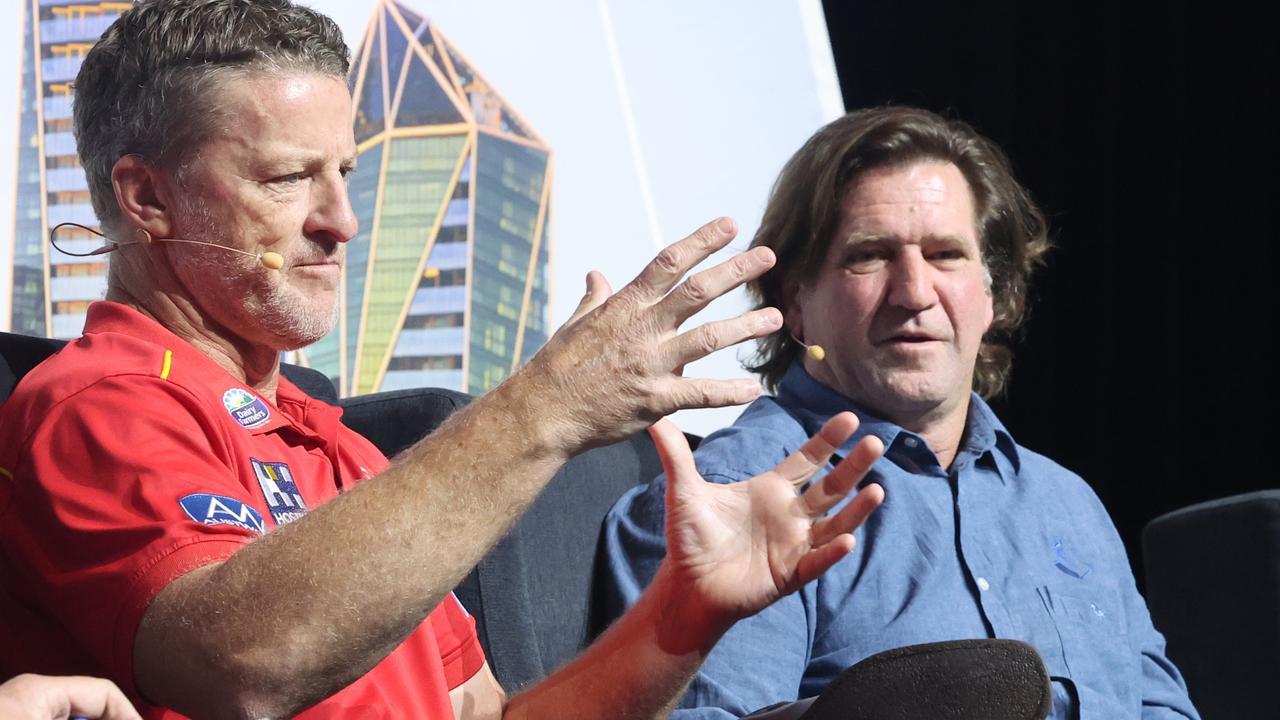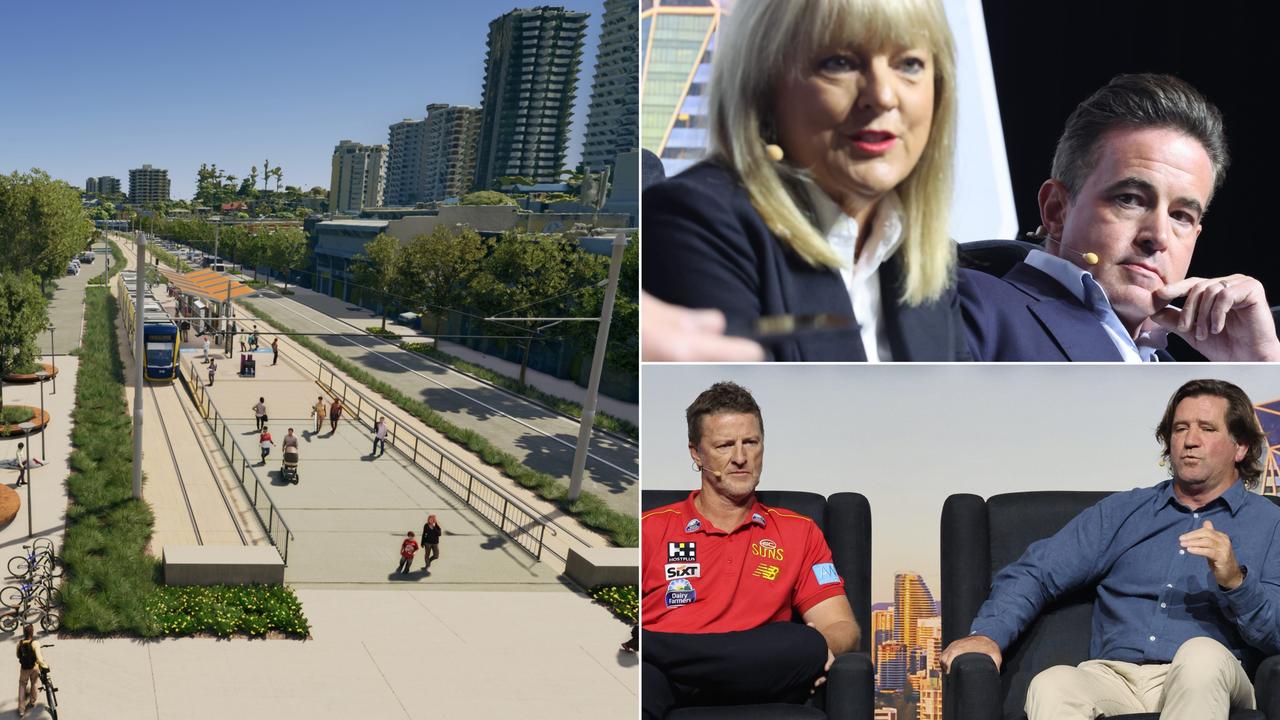Future Gold Coast: Pro motorbike racer Matt Kuhne hopes to overcome quadriplegia
At age 19 professional motorbike racer Matt Kuhne was left quadriplegic in a training accident. 12 years on, he may have a chance to walk again — and his six-year-old son already has plans.
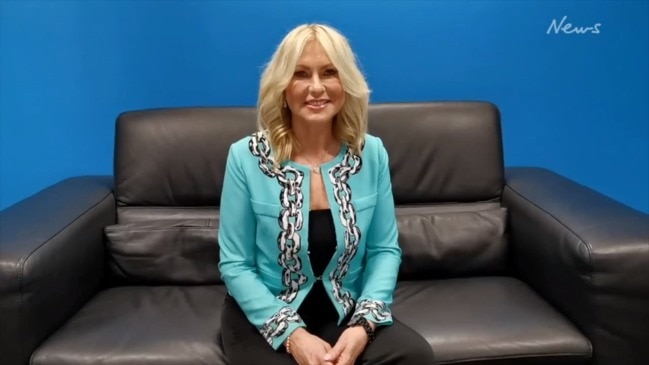
Future Gold Coast
Don't miss out on the headlines from Future Gold Coast. Followed categories will be added to My News.
LIFE changed drastically for former professional motorbike racer Matt Kuhne when, at age 19, he was left a quadriplegic from a training accident.
Twelve years on, he may have a chance to walk again.
With the world at his feet as a multiple national title winner and the youngest Australian to compete in a World MotoGP, the accident was devastating for the young Gold Coaster.
MATT KUHNE KICKSTARTS SKILLS AND SAFETY AT MOTORBIKE ACADEMY
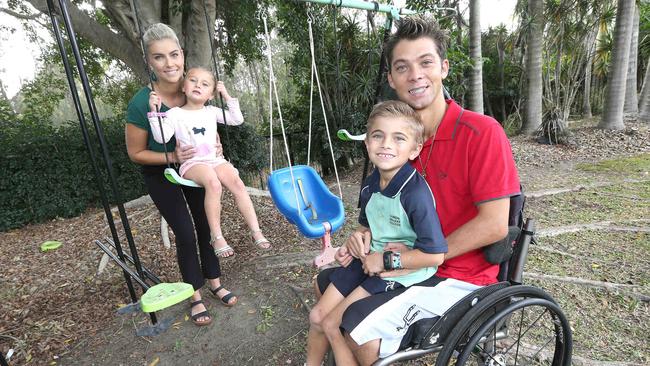
“It was just a silly little crash. I would have had them all the time. Unfortunately this time it busted my neck,” he said.
RELATED NEWS:
Council plans to preserve unique suburbs along tram route
‘I wanted a great lifestyle and I didn’t have it’
Star Group’s heavy investment in Coast future plans
A homegrown research project might help Mr Kuhne and thousands like him to walk again.
International scientists at Griffith University engaged in the Spinal Injury Project (SIP) are close to conducting human clinical trials for what is currently Australia’s greatest hope for a treatment for chronic spinal cord injuries.
AMAZING OFFER: GET A SAMSUNG GALAXY TAB A 8.0 WITH THIS BULLETIN SUBSCRIPTION (T&Cs apply)
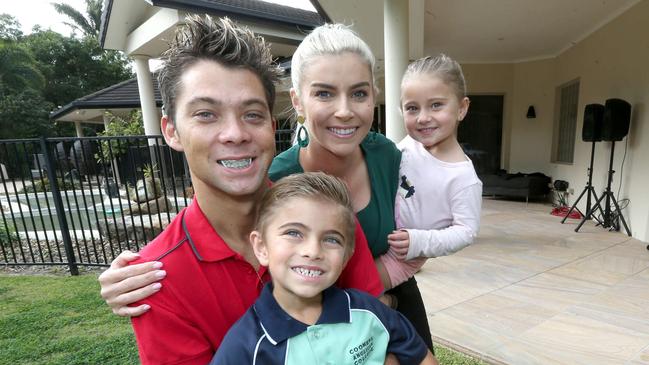
The project puts the Gold Coast at the forefront of medical research.
The treatment involves taking a special type of cell from a patient’s olfactory (sense of smell) nerve system and transplanting it into the spinal cord injury site, while creating a 3D biodegradable nerve cell bridge that can be transplanted to repair injured spinal cords.
OTHER NEWS:
Appeal to help family of crash victim
Astonishing reason why this man hauls a cross
Coast suburbs most at risk from bushfire infernos
SIP Team Leader Associate Professor James St John says it is an exciting time for the Spinal Injury Project with research also on track and results better than expected.
”The past few months has proved particularly exciting with some of our research outcomes proving better than expected and timelines for delivery meeting predicted expectations,” he said.
”Our latest major breakthrough has involved getting the 3D nerve bridges to integrate successfully into the injured spinal cord which then helps the nerve cells to grow across the injury site.”
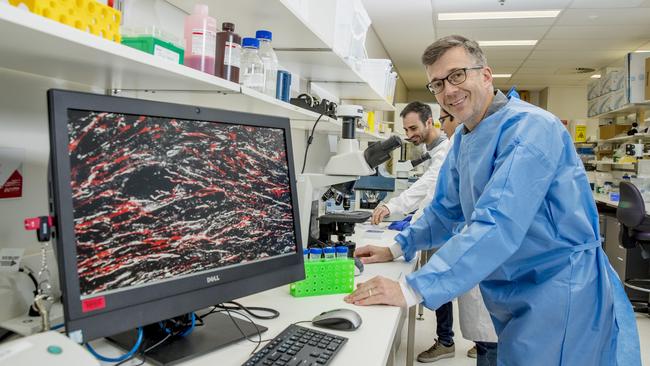
Mr Kuhne, 31, has already begun rehabilitation work in the hope of being chosen for the clinical trial, which could get underway as soon as next year.
“My son, who’s six, says he’d love it if Daddy could chase him around and play soccer. It would be great to run around with my kids rather than sit on the sidelines,” Mr Kuhne said.
“Even if I can’t walk, just to have the little things like being able to tie a shoelace or do a zipper without asking for help would be amazing.”

